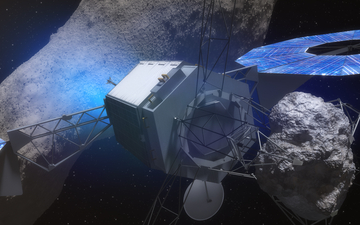
An artistic illustration. A NASA image
WASHINGTON (PTI): NASA has identified an odd, tiny near-Earth asteroid as a valid candidate for its ambitious first-ever asteroid-capture mission scheduled for the 2020s.
Astronomers using NASA's Spitzer Space Telescope measured the size of the asteroid candidate for the Asteroid Redirect Mission (ARM), a proposed spacecraft concept to capture either a small asteroid, or a boulder from an asteroid.
The near-Earth asteroid, called 2011 MD, was found to be roughly 6 meters in size, and its structure appears to contain a lot of empty space, perhaps resembling a pile of rubble.
Spitzer's infrared vision was key to sizing up the asteroid.
"From its perch up in space, Spitzer can use its heat-sensitive infrared vision to spy asteroids and get better estimates of their sizes," said Michael Mommert of Northern Arizona University, Flagstaff, lead author of the study.
The Spitzer results confirm that asteroid 2011 MD has characteristics suitable for the ARM proposal, elevating it to the "valid candidate" level.
Valid candidates are those asteroids with the right size, mass and rotation rate to be feasibly captured by the robotic spacecraft, NASA said.
Two other valid candidates have been identified so far.
Through its Asteroid Initiative, NASA is developing a first-ever mission to identify, capture and redirect a near-Earth asteroid to a stable orbit around the Moon with a robotic spacecraft.
Astronauts aboard an Orion spacecraft, launched by a Space Launch System rocket, will explore the asteroid in the 2020s, returning to Earth with samples.
Experience in human spaceflight beyond low-Earth orbit through this mission will help NASA test new systems and capabilities needed to support future human missions to Mars.
The density of 2011 MD is remarkably low - about the same as water.
Since rock is about three times more dense than water, this implies that about two-thirds of the asteroid must be empty space.
The study is published in the Astrophysical Journal Letters.
 Previous Article
Previous Article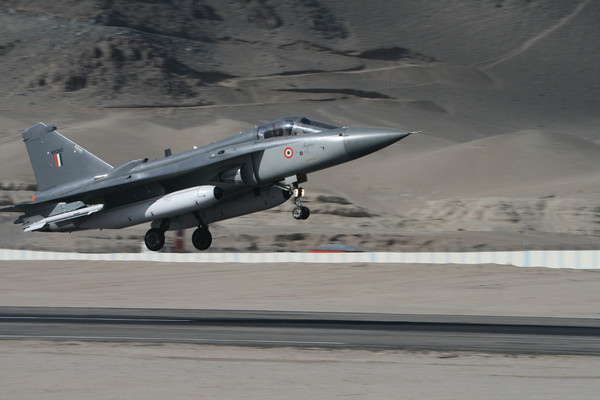 Next Article
Next Article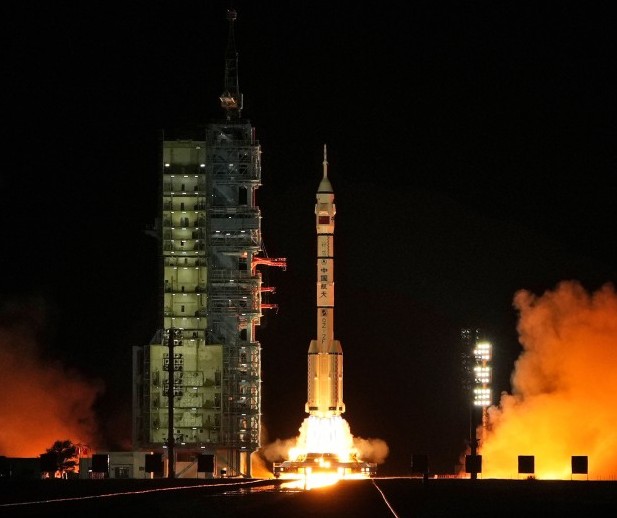
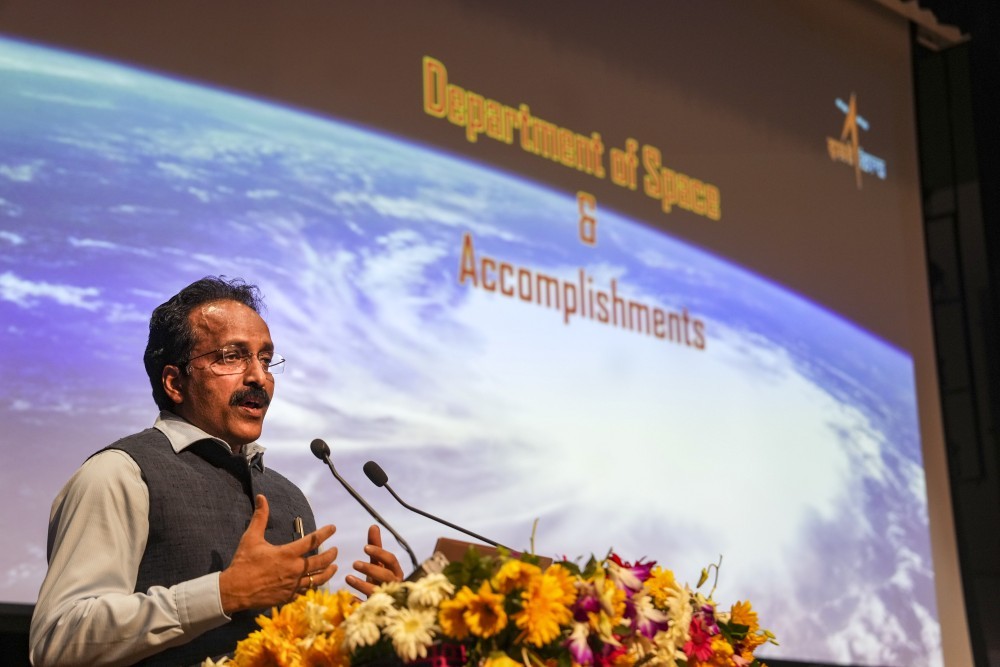
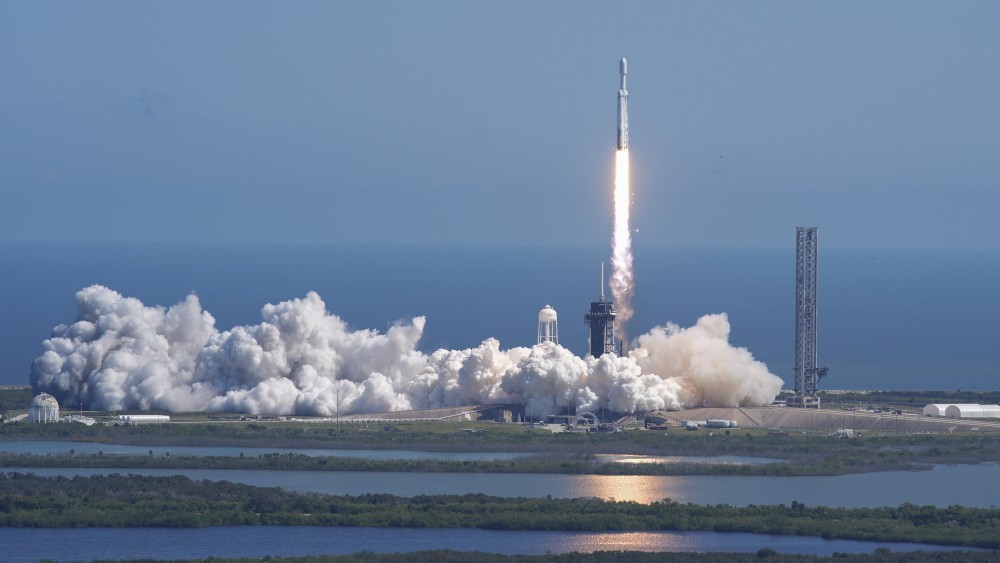
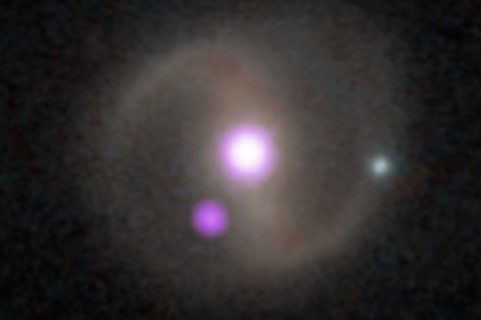

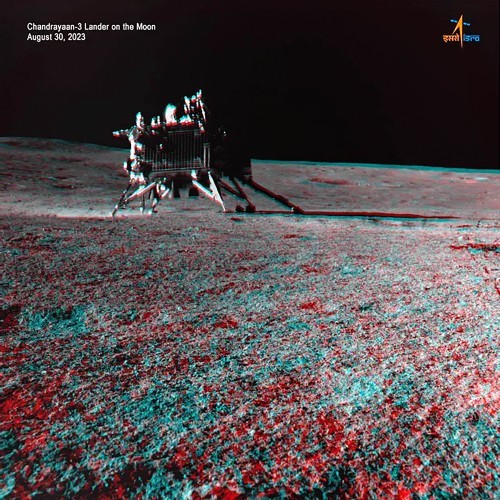
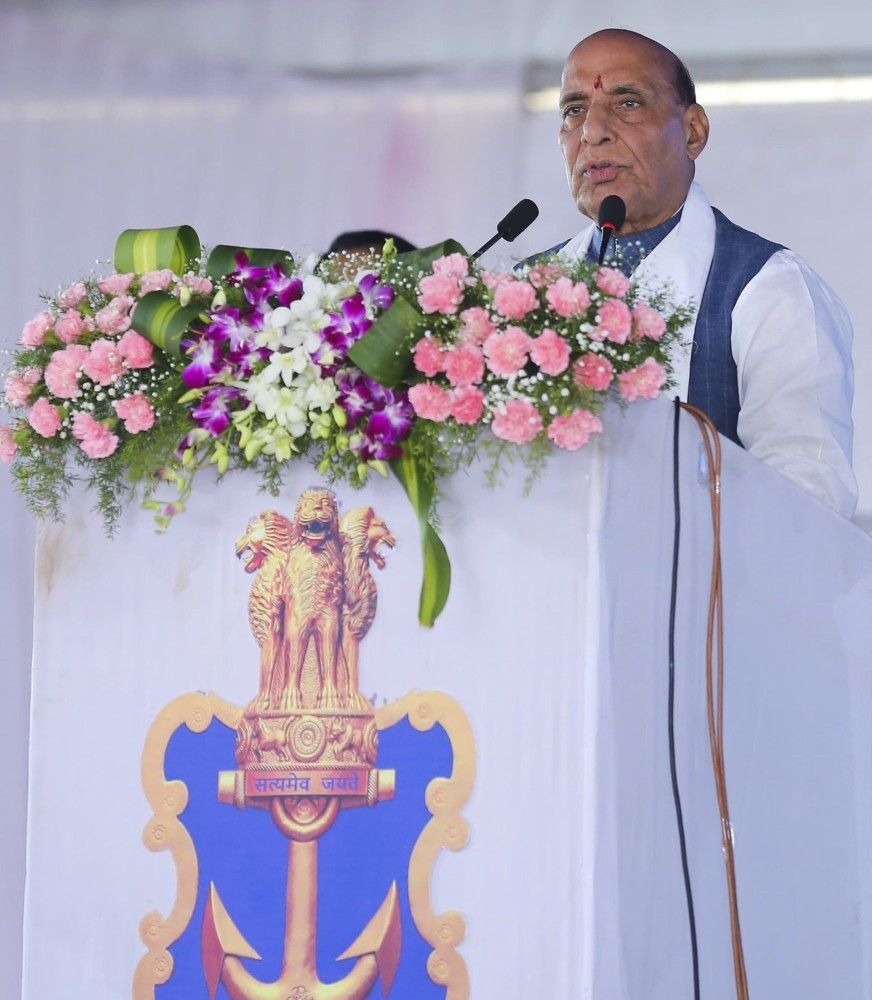






The Indian Air Force, in its flight trials evaluation report submitted before the Defence Ministry l..
view articleAn insight into the Medium Multi-Role Combat Aircraft competition...
view articleSky enthusiasts can now spot the International Space Station (ISS) commanded by Indian-American astr..
view article